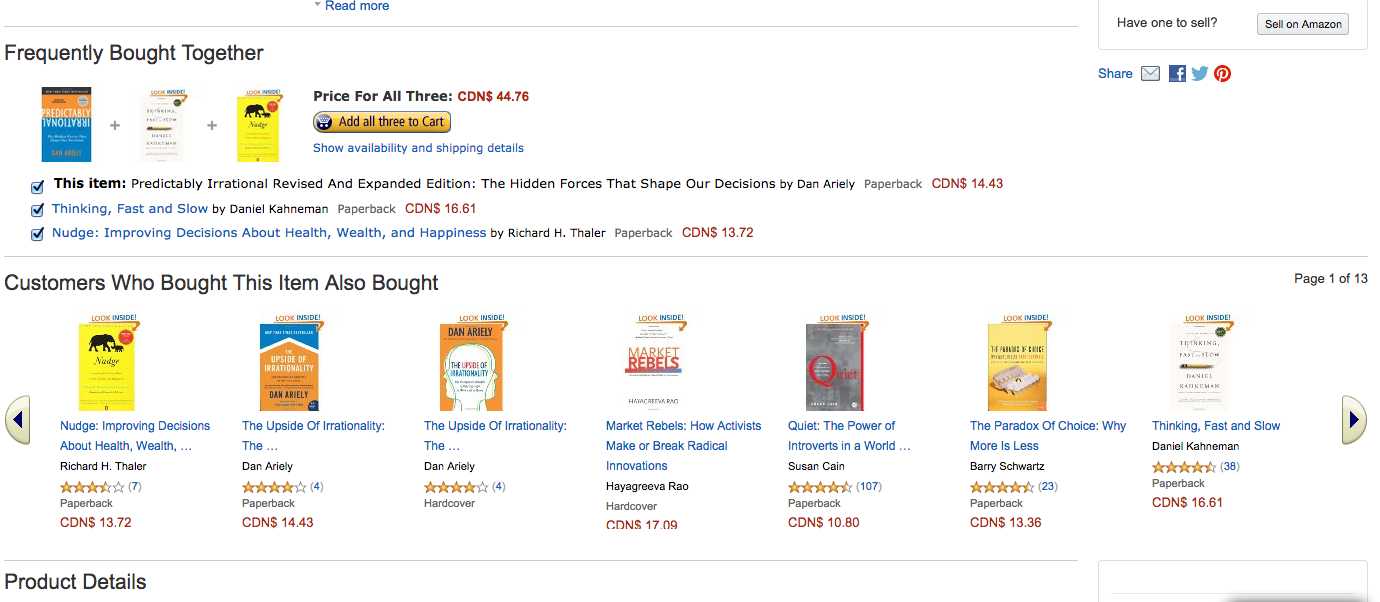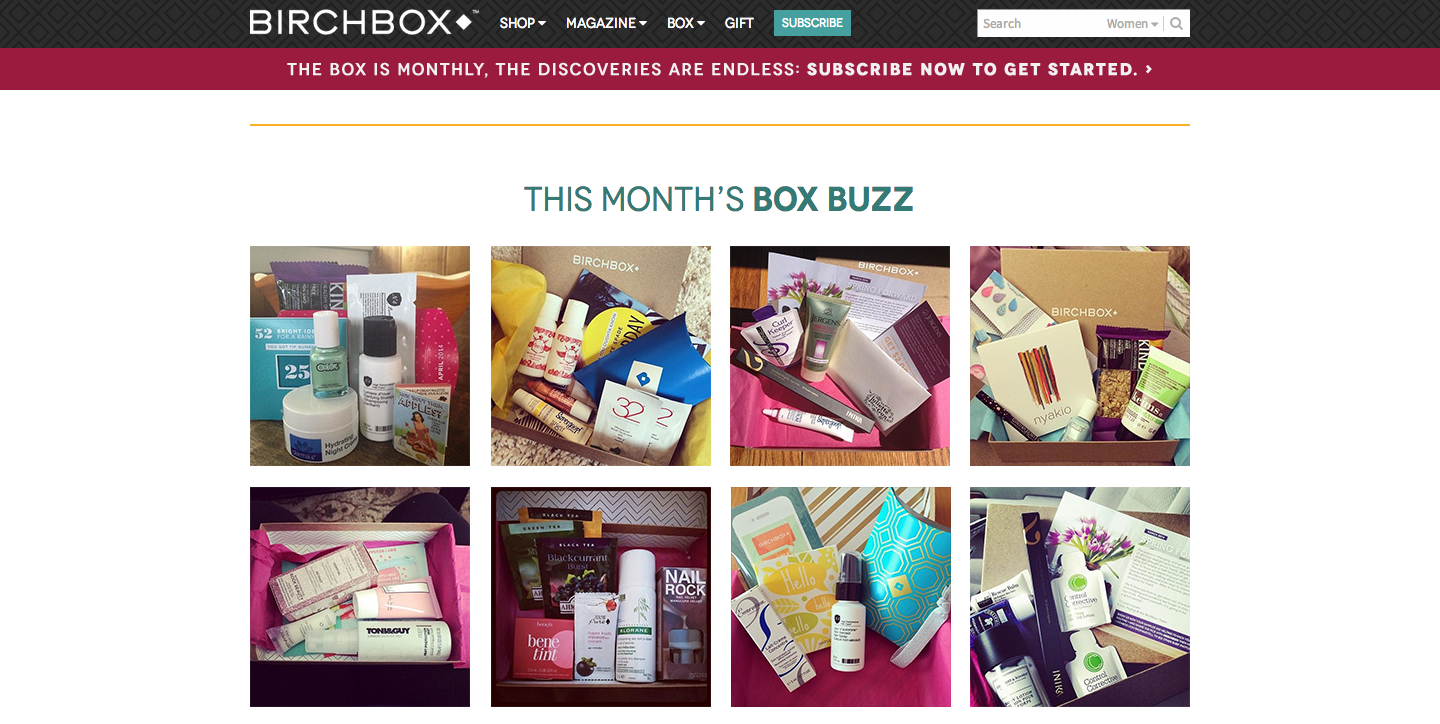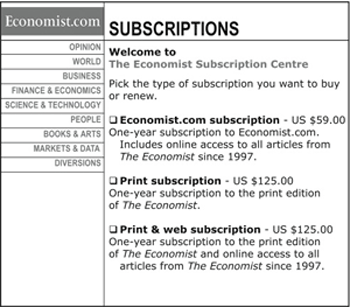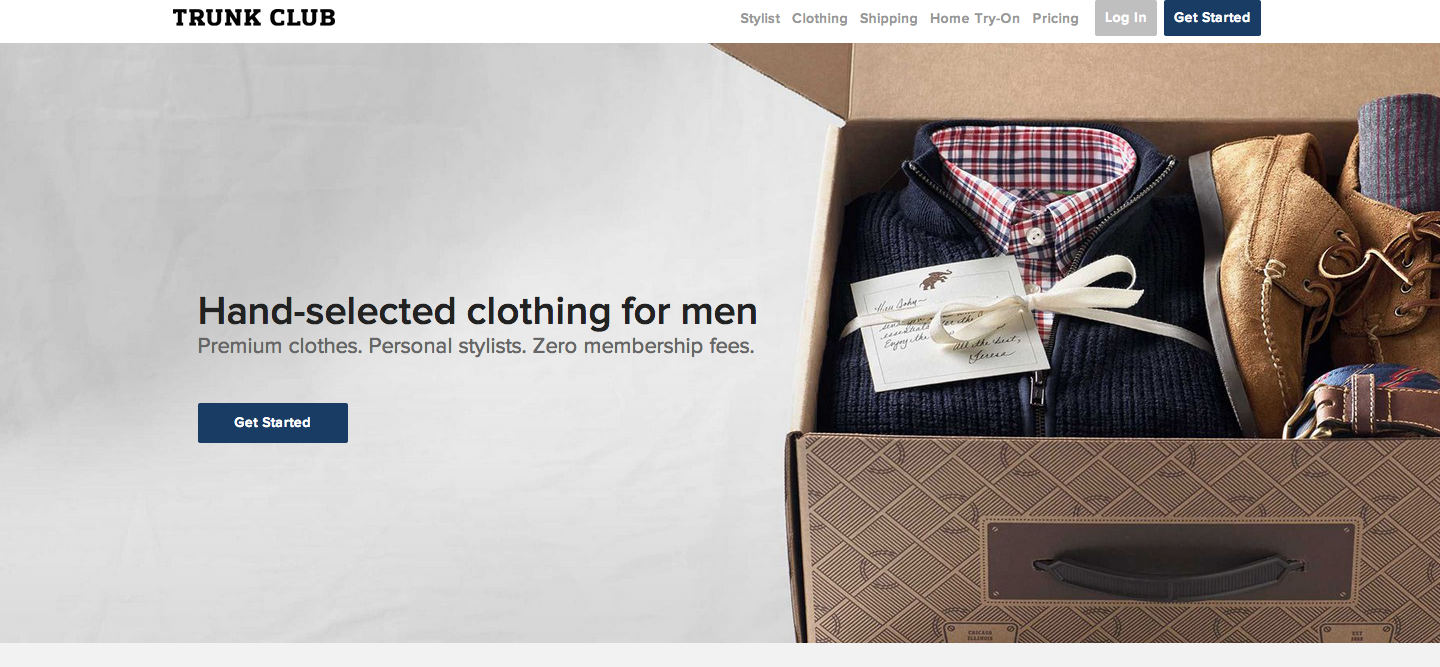5 Reasons You Should Start Using Bundles To Increase Revenue
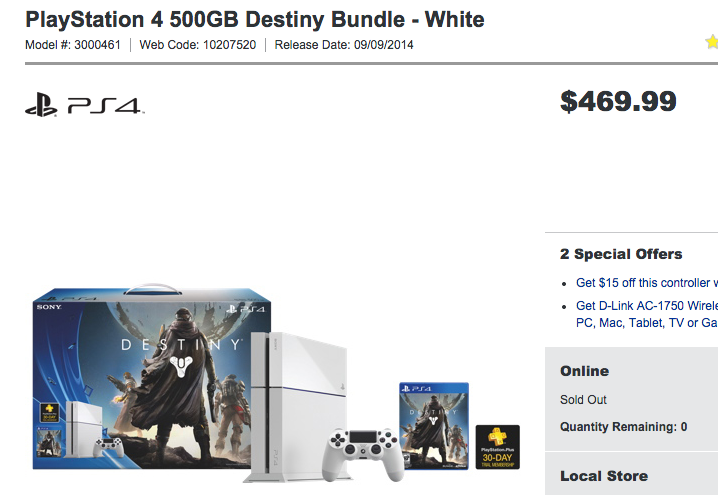
Bundling is one of the best ways to increase your average sale price and yet retailers tend to ignore it. However, the rise of subscription-based businesses have made bundling sexy again. These businesses are making a killing with their bundle offerings and retailers are starting to take notice. Let’s take a look how you can start using bundles right away to increase your revenues.
Bundling 101
Let’s start with some basics first. Bundling is when you combine multiple similar or related products and then you sell them as a package. Some people called them kits but we will refer to them as bundles.
You have probably come across many different kinds of bundles in your life such as when your internet provide tries to bundle your internet with your TV and phone. Amazon also uses bundling throughout all their product pages. You can see it under the “Frequently Bought Together” and “Customers Who Bought This Item Also Bought” categories. They help users select other products they may like and create a bundle.
Bundles are usually marketed as being cheaper that if you bought the individual products within the bundle. This can be a great way for retailers to deliver even more value to their customers while still increasing revenue.
1. Providing Curation
One of the biggest benefits of bundles is the ability to curate products for your customers. You can look at different products and put them together in a way that your customers might never think about. Let’s look at clothing to see how this could work.
A customer is looking at jeans and is imagining how they would work with their current outfit. You could offer a bundle that pairs that jean with other items from your store like a shirt and shoes. The bundle gives your customers the flexibility to decide if they like the whole outfit and just purchase everything in one place. This can be a better alternative than trying to find a shirt and shoes that would go with those jeans.
Curation can also help you deliver a more personalized service to your customers. You can help your customers get the most out of any product by simply pairing it with other useful products. This can improve the customer satisfaction of your business and make them more likely to come back.
2. Higher Perceived Value
As mentioned before, bundles usually have a higher perceived value associated with them even if they are more expensive than just buying one single product. Customers will actually focus on the individual price of the product within the bundle rather than the bundle price.
Dan Ariely, author of Predictably Irrational, had a great example on how the bundling effect can make customers feel like they are getting a good deal. In the image above, we can see three different pricing options for the Economist.com. The online subscription by itself is $59 while the print subscription by itself is $125 but both of them together is also $125.
The first thought for most customers is “For $125, I could get both subscriptions and save close to $60”. Customers would then choose the most expensive option because its a better deal than just buying the individual subscriptions. The Economist would then end up with a higher revenue per customer and, assuming that they price things properly, they would end up with more profits.
This is the kind of bundle we want to create for our online stores. Our bundles should offer a very clear value over purchasing the items individually and ideally, should offer products that will complement each other. That’s one thing the Economist.com may be missing from its options, since you might not have a need for both the online and print subscription.
3. Higher Profits
Another benefit of bundles is the opportunity to increase your profits per customer. This can be done by including items in your bundle that have very high profit margins which will help us balance out the drawback of the lower price per item once they are included in bundles. You can view the profit margin of the whole bundle as more important than simply the profit margin per product.
4. Provide Ideas to Customers
Bundles can also help your customers get more creative around how to get the most out of your products. The bundle can be a great starting point for them to think about complementary products that they may want to buy from you.
Going back to the clothing example, we could prompt the user to find a shirt and a pair of shoes they may like to make their own bundle. This will help the customer become more invested in the shopping choices they are making and value your products more. This small change can also give your customers a sense of freedom to choose whatever makes sense for them.
5. More Data Points for You
Finally, bundles will help you understand your customers better. You will get a sense of what kind of products they like to buy and what kind of complementary products make sense. You will start to see patterns around what makes a great bundle and perhaps even think about products you are currently missing that would make great additions to your store.
All this data will help you develop a more complete product catalog to fulfill the needs of your customers. While you will never be able to carry every single item that your customer may want, you can focus on becoming the complete source within your business niche.
Do you have any experience using bundles? Let me know in the comments.
Tagged bundles, bundling, Customer Experience, product recommendations

